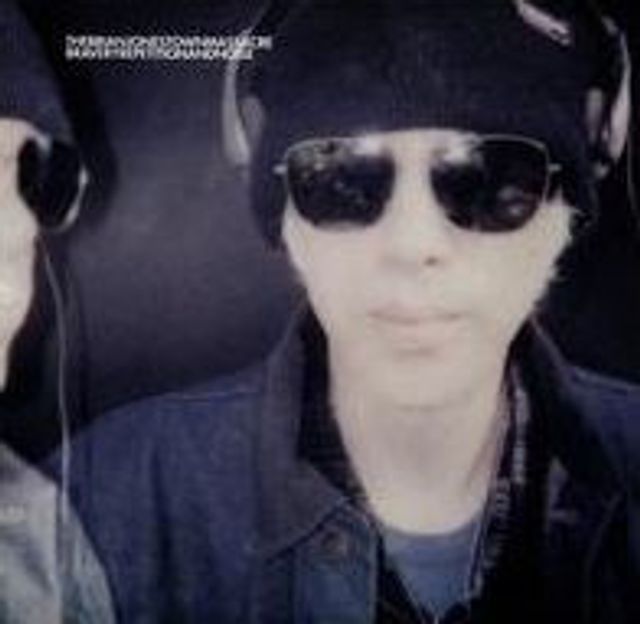Home
Creating and Recovering Experience: Repetition in Tolstoy
Loading Inventory...
Barnes and Noble
Creating and Recovering Experience: Repetition in Tolstoy
Current price: $85.00


Barnes and Noble
Creating and Recovering Experience: Repetition in Tolstoy
Current price: $85.00
Loading Inventory...
Size: OS
*Product Information may vary - to confirm product availability, pricing, and additional information please contact Barnes and Noble
The thesis of this book is that repetition is central to Tolstoy's art. The author argues that Tolstoy uses this device—or rather, complex of devices—to represent and examine the processes by which people structure and give meaning to their experience. Repetition is shown to be essential to his style, to his understanding of characters' psychology, to the structure of his work, and to his interaction with readers. In short, it defines much of what is "Tolstoyan" about Tolstoy.
Following a discussion of the epistemological and psychological beliefs that shape Tolstoy's use of repetition, the author explores the effects and implications of repeated
verbal
elements as they function in the discourse of characters and narrators. She develops a concept of "novels of length," which are distinguished from ordinary "long novels" in that length is essential to their themes and purposes. A complex dynamic of memory, forgetting, and reminders (repetition) structures both the characters' evolving identities and the readers' changing apprehension of the text.
The author next discusses Tolstoy's use of repetition to shape relationships among characters, and considers the connection between these relationships and thematic development in his novels. She concludes by exploring the intertextual repetitions in Tolstoy's
oeuvre,
which are seen as part of a process by which allusions among works create a revealing sense of the author's developing career.
In examining the link between Tolstoy's repeated verbal elements and his broader concepts of structure and meaning, the book combines close readings of key passages in the novels with an exploration of larger theoretical issues: the dynamics of reading and sense-making, the ethics and aesthetics of memory, and the function of language as a system of cognition and communication. As a result, the book contributes not only to studies of Tolstoy and the genre of the novel but to our understanding of the relations among rhetorical, cognitive, aesthetic, and ethical aspects of great art generally.
Following a discussion of the epistemological and psychological beliefs that shape Tolstoy's use of repetition, the author explores the effects and implications of repeated
verbal
elements as they function in the discourse of characters and narrators. She develops a concept of "novels of length," which are distinguished from ordinary "long novels" in that length is essential to their themes and purposes. A complex dynamic of memory, forgetting, and reminders (repetition) structures both the characters' evolving identities and the readers' changing apprehension of the text.
The author next discusses Tolstoy's use of repetition to shape relationships among characters, and considers the connection between these relationships and thematic development in his novels. She concludes by exploring the intertextual repetitions in Tolstoy's
oeuvre,
which are seen as part of a process by which allusions among works create a revealing sense of the author's developing career.
In examining the link between Tolstoy's repeated verbal elements and his broader concepts of structure and meaning, the book combines close readings of key passages in the novels with an exploration of larger theoretical issues: the dynamics of reading and sense-making, the ethics and aesthetics of memory, and the function of language as a system of cognition and communication. As a result, the book contributes not only to studies of Tolstoy and the genre of the novel but to our understanding of the relations among rhetorical, cognitive, aesthetic, and ethical aspects of great art generally.


















